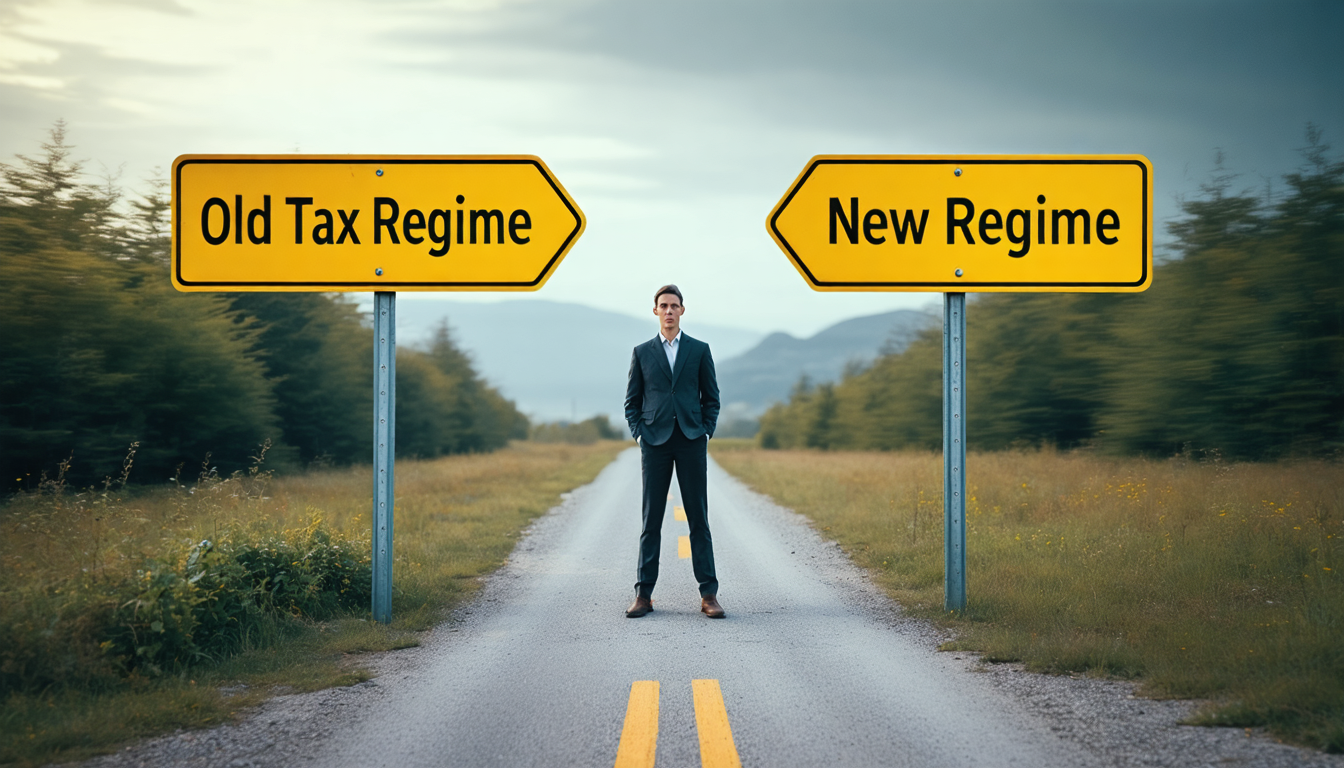Finding yourself at a crossroads, torn between your company’s chosen New Tax Regime and the desire to revert to the Old? The good news is that switching back is indeed possible, and here’s how you can navigate this financial decision with confidence and clarity.
Understanding the Tax Regimes
The introduction of the New Tax Regime in India brought with it much buzz and confusion. Simplified tax slabs and reduced rates were appealing, but at the cost of forgoing exemptions and deductions. The Old Tax Regime, on the other hand, remains a comforting choice for many with its plethora of tax-saving options. The key is to understand which regime suits your financial goals best.
Your Company’s Role in the Decision
Often, companies opt for the New Tax Regime during payroll processing for the sake of simplicity. However, this doesn’t mean you have to stick with their choice. Employees have the flexibility to switch back to the Old Tax Regime when filing their returns, a decision not imposed by the company’s initial setting. According to Business Today, the power to choose lies firmly in the hands of the taxpayer.
The Process of Switching Back
Switching from the New Tax Regime back to the Old is simpler than it sounds. Here’s a quick guide:
- Document Your Deductions: Ensure that you have detailed records of all eligible exemptions and deductions under the Old Regime, such as HRA, LTA, and others.
- Evaluate Your Financial Benefits: Consider your current financial situation versus potential savings under the Old Regime. A careful cost-benefit analysis can guide your choice.
- Declare Your Choice in ITR: When filing your Income Tax Returns, simply declare your intent to switch to the Old Regime. This declaration overrides the regime selected by your employer.
Why the Old Tax Regime Might Be Right for You
For many, the availability of exemptions plays a significant role in reducing taxable income. Future financial stability, current liabilities, and family commitments might make the Old Regime a more appealing choice. With its structured deductions, it allows meticulous planners to maximize tax savings effectively.
Common Misunderstandings
There are widespread misconceptions that once a company’s decision is made, employees have to comply permanently. This is not the case. Employees retain the right each fiscal year to decide their preferred tax regime when filing returns.
Choosing between the Old and New Tax Regime is a personal decision that requires careful analysis. Whether enticed by the structured relief of the Old or the straightforwardness of the New, the choice should align with your long-term financial schemes and current needs.
As stated in Business Today, understanding the options and making informed decisions can ultimately lead to better financial management and peace of mind.
